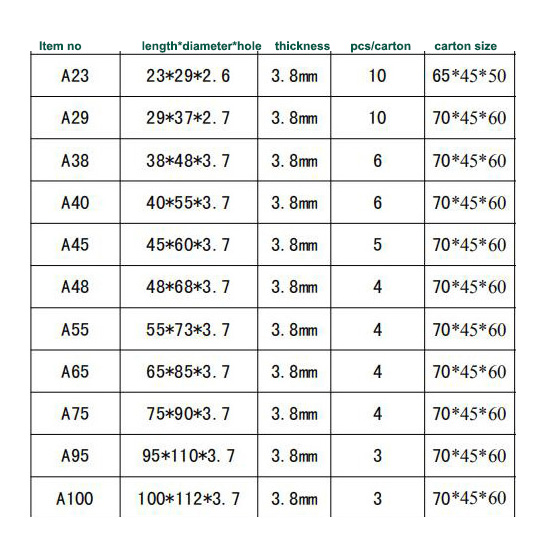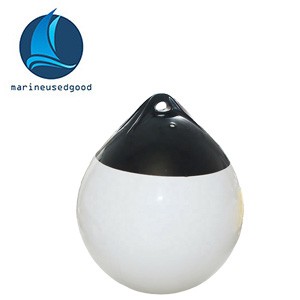Description
F-series yacht mats (by the ball) are mainly used for protection of small vessels, speedboats and fish boats. The design structure greatly improves the anti-collision performance of the fender, so that the fender can adapt to more severe weather conditions and weather. The fender is made of high quality and environmentally friendly raw materials, which meets the national environmental protection requirements. The appearance is generous and beautiful, and it is pressure and wear resistant, airtight and UV resistant. The product is generally white, and can be printed according to customer requirements, or with a rope and jacket.
It has the following main features:
1 Multiple sizes to choose from for any vessel use2 Unique vinyl valve system
3 With high strength, high durability appearance
4 Multiple reinforced top suspension system
5 Both ends of the suspension design to meet horizontal and vertical use
6 Suitable for permanent unprotected berthing, steel piles, cement wharfs, etc.
Made of PVC plastic, it is made of rotomolding machine, which has strong impact resistance and corrosion resistance; UV radiation protection. Durable anti-aging ability; bearing capacity, good toughness, good strength, high tensile strength and wear resistance; not only beautiful appearance, good quality, can be described as high quality and low price.
For more information, please contact us by email : info@marineusedgood.com

Floating buoy has different types and specifications, according to the water area can be divided into marine buoys and inland buoys. The basic shapes of the marine buoy body are pot-shaped and cone-shaped
Shaped, spherical, cylindrical, rod-shaped and so on. Due to the influence of wind, wave and tide, Floating buoy has a certain floating range and cannot be used as a sign for determining the ship's position. If the floating knot-shaped floating buoy is adopted, the position is accurate and can be reset after being hit. Inland river buoys include drum-shaped floating buoy, triangle-shaped floating buoy, rod-shaped floating buoy, cross-flow buoy and floating buoy for left and right navigation. The shape, coloring, top mark, and light quality (light rhythm, light color, flash cycle) of floating buoy are all made according to the prescribed standards and have specific meanings.
The floating buoy in the sea area is of an international nature, and the floating buoy systems of all countries in the world have always been inconsistent. In 1971, the Technical Committee of the International Association of Navigation Marks classified various floating buoys into two systems, A and B. System A is a combination of side signs (red facing the port on the left) and bearing signs; system B is a side sign system (facing the port red on the right). In November 1980, the A and B systems were merged into a unified system at the 10th International Atomic Navigation Conference held in Tokyo, including side signs, azimuth signs, isolated dangerous objects signs, safe waters signs, and special signs. The side signs are opposite in the A and B systems, and the other four signs are the same. The azimuth signs are set in the four quadrants of true azimuth from northwest to northeast, northeast to southeast, southeast to southwest, and southwest to northwest centered on the dangerous object or hazardous area, and respectively set the north, east, south, and west The position mark indicates that the navigable waters are on the side with the same name as the bearing mark. The isolated dangerous substance sign is set on the dangerous substance or as close as possible to the dangerous substance, indicating that the ship should avoid sailing. The safe water area sign is set on the center or midline of the waterway, and navigation is available around the sign. Special signs are used to mark a specific water area or feature, such as quarantine anchorage, restricted navigation area, marine operations, etc.
European countries, African countries and the Gulf region, as well as some countries in Asia, Australia, and New Zealand adopt the A system, called Area A; American countries, Japan, South Korea, and the Philippines adopt the B system, called Area B. On the basis of the principle of the area A of the maritime navigation aids in the international maritime zone, China has formulated the national standards of the maritime navigation aids of the China Sea and the national standard of the inland navigation aids of China in 1984 in light of the situation in China. (See the water navigation aids logo in China's sea area and China's inland navigation aids logo).
Can be customized as request.






